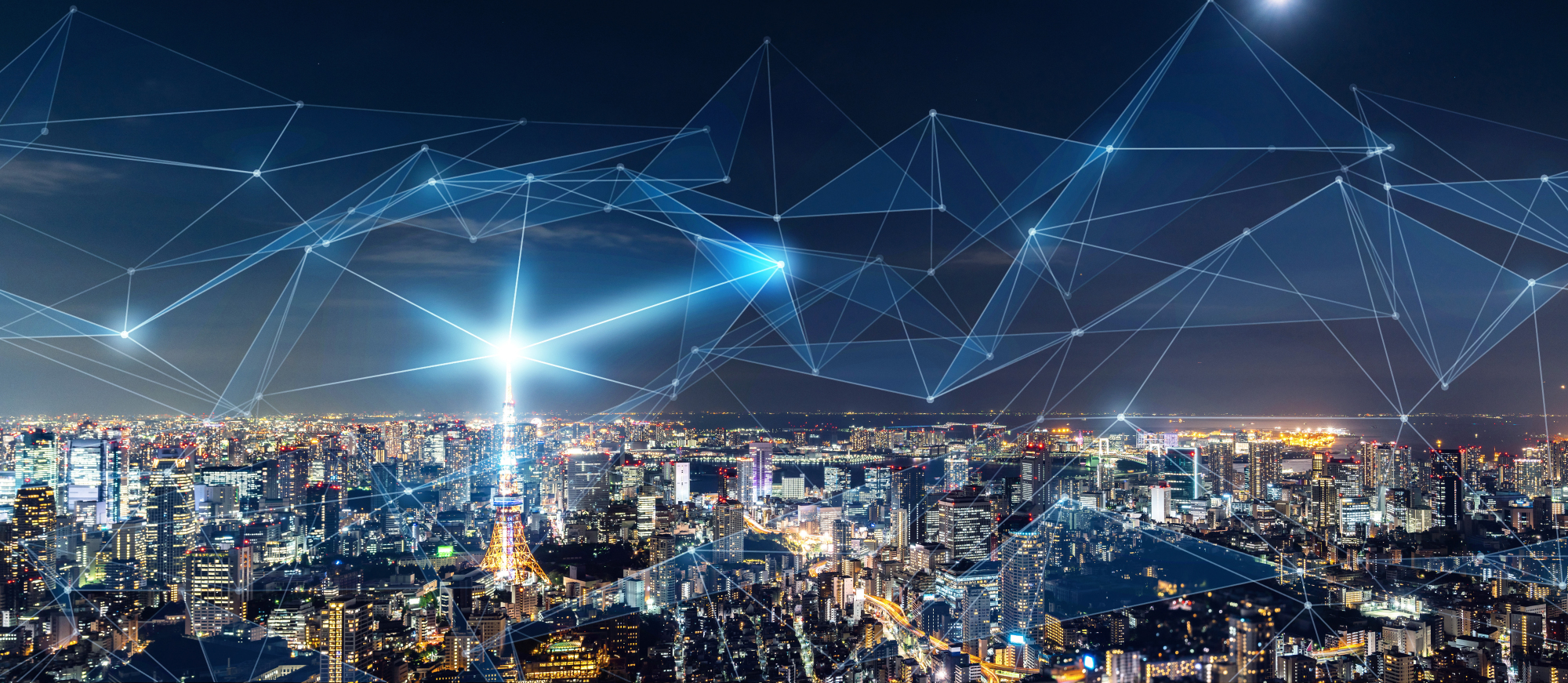As Prime Minister Shinzo Abe's time in power has continued, the policy initiatives for addressing Japan's major structural challenges have proliferated. Most prominent has been his signature Abenomics policy package, based around the "three arrows" of monetary easing, fiscal stimulus and structural reforms. This has been complimented by a womenomics spinoff focused on empowering women in the workforce. While these reforms have made some headway, they have struggled with vested interests and deeply entrenched patterns of behavior.
More recently a new initiative has been added to Abe's policy portfolio: "Society 5.0." Through the integration of physical and cyber realms, in Society 5.0 technological developments can be applied to overcome the long-term problems that Japan has been struggling with. While it offers great potential for fortifying Japan's economy and society as the population shrinks, there are major risks and downsides with these technologies that need to be adequately considered.
Society 5.0 actively takes advantage of the continual advancement and expansion of the "internet of things," artificial intelligence and related technologies. According to a Cabinet document, integrating the physical and cyber realms will lead to a future in which "people, things and systems are all connected in cyberspace and optimal results obtained by AI exceeding the capabilities of humans are fed back to physical space. This process brings new value to industry and society in ways not previously possible."



















With your current subscription plan you can comment on stories. However, before writing your first comment, please create a display name in the Profile section of your subscriber account page.